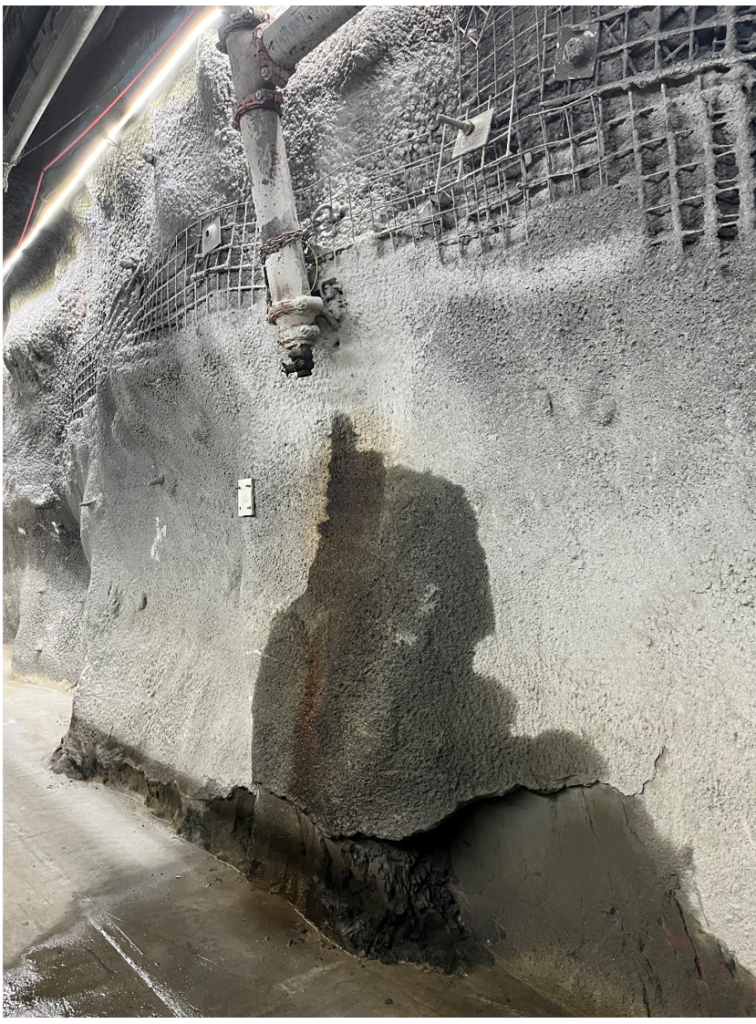A compressed air auditor found, during a site visit to a mine, that compressed air condensate was left to drain from stopcock at the bottom of piping low spots. The oily condensate pooled on the ground, creating a slippery mess that polluted the environment and caused a safety hazard. This mine had no air dryers and the input air to the mine lift collar was very hot. As the compressed air is cooled and compressed, the water vapor condenses out of the airstream.
In compressed air systems, managing condensate effectively is important. Condensate, primarily water mixed with traces of oil, is a byproduct of the air compression process. Proper handling involves both minimizing its formation and ensuring its safe disposal.

The key to minimizing condensate lies in efficient system management and design. Regular maintenance of air compressors is essential, as it ensures systems operate within their design specifications, at lower desired temperatures, preventing excessive condensation.
Temperature plays a pivotal role in condensate formation. Every 20° F in higher air temperature doubles the amount of water vapor. Cooler intake and discharge air contains less moisture, which translates into less condensation downstream. By optimizing the intake environment and cooling systems (to ensure air is as cool as possible), the amount of condensate generated can be significantly reduced.
Air dryers are another vital component in managing moisture in compressed air systems. By integrating devices such as desiccant dryers, refrigerated dryers, or membrane dryers, businesses can remove water vapor before it condenses, maintaining the efficiency and longevity of their compressed air systems.
Disposal of compressed air condensate must be handled with care to avoid environmental harm. Because the condensate from air compressors often contains oil, using an oil-water separator is essential. These separators extract oil from the condensate, allowing for the safe disposal of both components. The oil can be collected and disposed of according to hazardous waste guidelines, while the treated water, stripped of harmful contaminants, can be discharged in compliance with local environmental regulations.
It is desirable in most plants to have condensate drains that expel the water into a container, but in doing so wasting very little compressed air. One can just imagine how many thousands of cracked open drains there are in the mine pictured in Fig. 1, adding up to thousands of dollars a year in wasted drainage.
Filed Under: Components Oil Coolers, Compressed Air Technologies, Pneumatic Tips